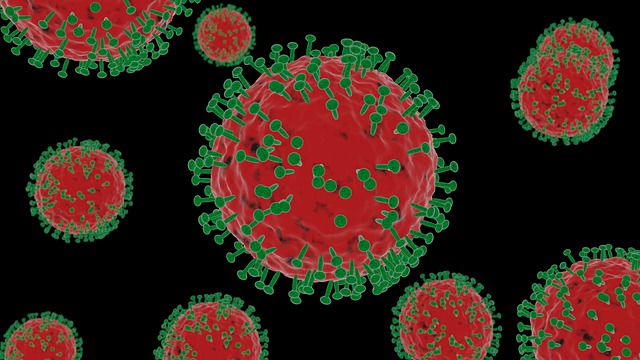Goals:
SARS CoV-2, the new coronavirus responsible for coronavirus disease (COVID-19), has been a leading cause of morbidity and mortality worldwide. Gastrointestinal and hepatic manifestations during acute illness have been widely reported in the literature.
Post-COVID-19 cholangiopathy has been increasingly reported in adults. In children, data are scarce. Our objective was to describe pediatric patients who recovered from COVID-19 and later developed liver damage.
Methods:
This is a retrospective case series study of pediatric patients with post-COVID-19 liver manifestations. We collected data on demographics, medical history, clinical presentation, laboratory results, imaging, histology, treatment, and outcome.
Results:
We present five pediatric patients who recovered from COVID-19 and later presented with liver injury. Two types of clinical presentation were distinguished.
Two previously healthy infants, aged 3 and 5 months, presented with acute liver failure that rapidly progressed to liver transplantation. His liver explant showed massive necrosis with cholangiolar proliferation and lymphocytic infiltrate.
Three children, two 8 years old and one 13 years old, presented hepatitis with cholestasis. Two children had a liver biopsy significant for parenchymal and lymphocytic portal inflammation, along with bile duct proliferations.
Three patients underwent adenovirus PCR from whole blood, and one was positive.However, since liver histology did not suggest adenovirus infection, we did not consider him to be responsible for hepatitis.
All three began steroid treatment; Liver enzymes improved and they were successfully weaned from treatment. For all five patients, extensive etiology workup for infectious and metabolic etiologies was negative .
The mechanism of hepatic manifestation is a post-infectious immune reaction similar to MIS-C or an immune deregulation that causes sensitization to another infectious agent such as adenovirus due to a previous infection with SARS-CoV-2.
Conclusions: We report two distinct patterns of potentially prolonged hepatic manifestations of COVID-19 in children with common clinical, radiological, and histopathological features after a comprehensive study that excluded other known etiologies. |
















